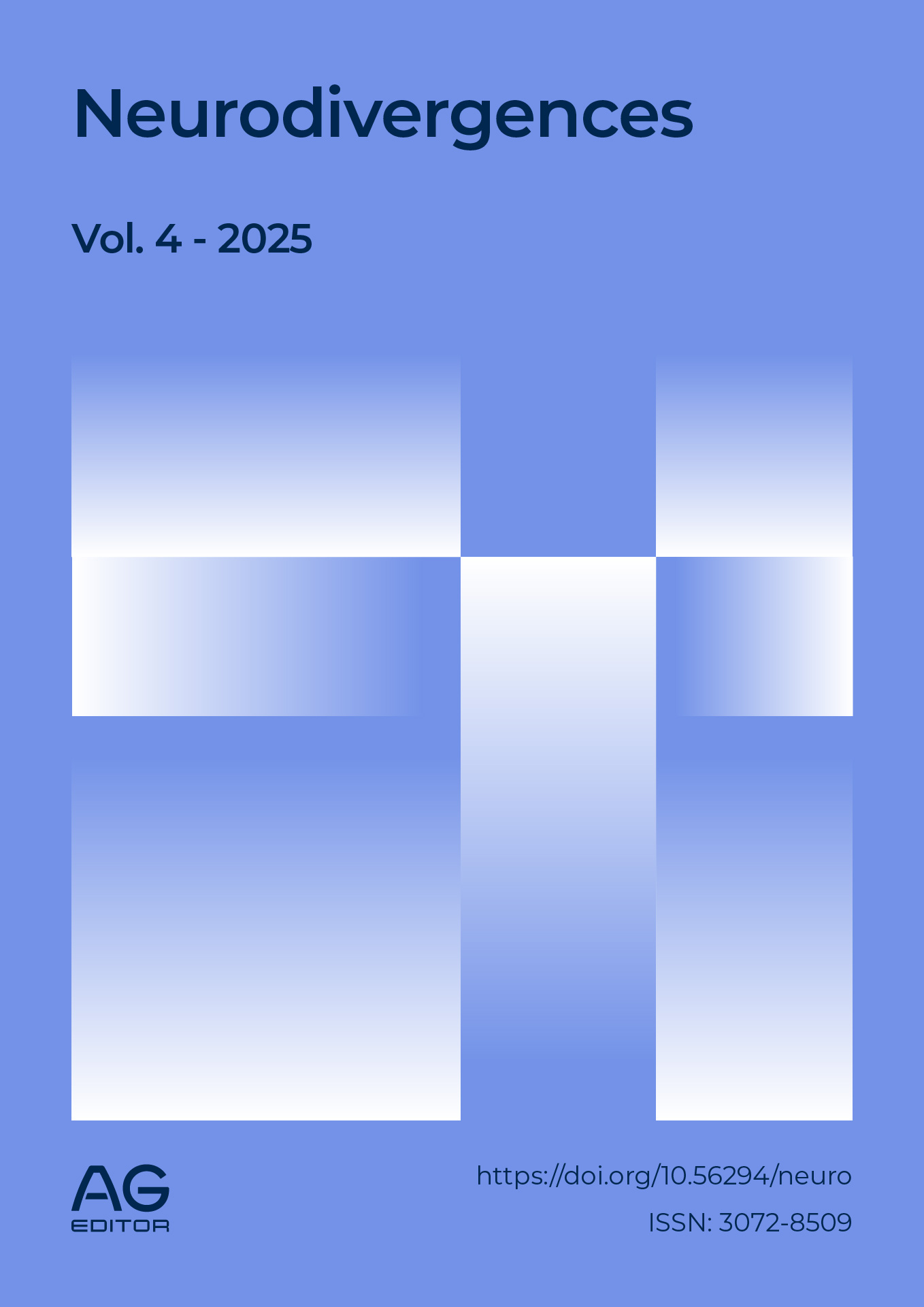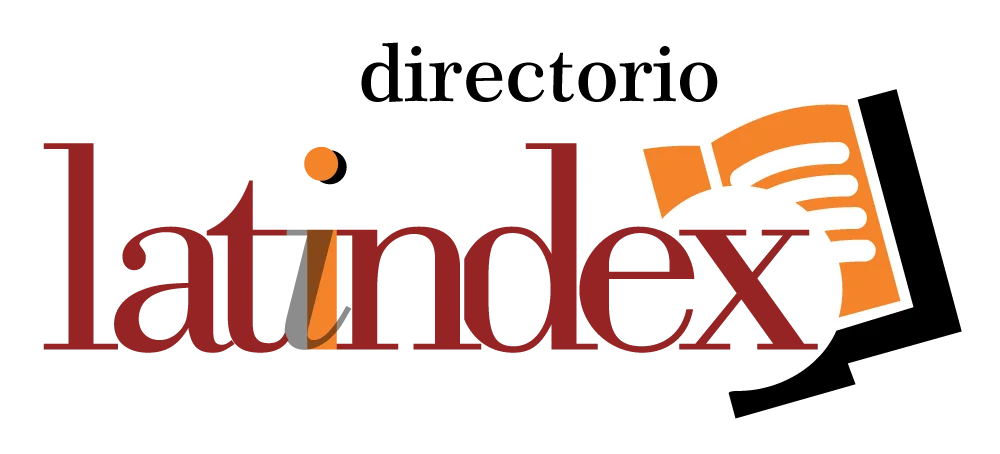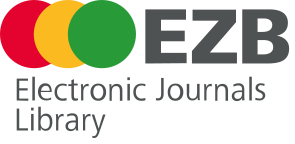Learning Differences and Specific Learning Disabilities: A Neurocognitive and Educational Analysis
DOI:
https://doi.org/10.56294/neuro2025232Keywords:
Specific Learning Disabilities, Dyslexia, Dyscalculia, Dysgraphia, DyspraxiaAbstract
Introduction: learning differences and specific learning disabilities (SLD), particularly dyslexia, dyscalculia, dysgraphia, and dyspraxia, are highly relevant conditions in the educational field, as they significantly affect students' learning processes.
Objective: to examine the characteristics and neurobiological and educational bases of SLD.
Development: the genetic and neurological bases underlying each of the aforementioned disorders are explored, identifying specific brain areas and associated dysfunctions. A clear distinction is made between temporary learning difficulties and disorders of neurobiological origin, emphasizing that SLD are not indicators of an individual's intelligence. Evidence-based educational frameworks and support strategies are detailed, such as multisensory teaching, Universal Design for Learning (UDL), differentiated instruction, and the integration of assistive technologies. These strategies are essential for providing an inclusive educational environment that responds to the specific needs of each student. The emotional and social impact of SLD is also addressed, highlighting how these conditions can lead to problems such as low self-esteem, anxiety, and lack of motivation in students. Therefore, the need for holistic support that addresses both academic and emotional challenges is underscored.
Conclusions: early identification and the implementation of an inclusive educational environment are fundamental pillars for maximizing the potential of each student with SLD. It is essential to adopt a comprehensive approach that not only focuses on academic difficulties but also considers students' emotional and social well-being. Doing so fosters their comprehensive development and provides them with the necessary tools to address their learning challenges.
References
1. National Institute of Neurological Disorders and Stroke. Learning disabilities information page. https://www.ninds.nih.gov/Disorders/All-Disorders/Learning-Disabilities-Information-Page
2. Remache Bunci MG, Moreira Benavides JM, Samaniego Loja KA, Tello Hidalgo ES. Impacto de la dislexia en la autoestima y el comportamiento socioemocional en estudiantes de edad escolarizada. LATAM Revista Latinoamericana de Ciencias Sociales y Humanidades, 2024, 5(3):1-21. https://doi.org/10.56712/latam.v5i2.2012
3. De-La-Peña Álvareza C, Bernabéu Brotóns E. Dislexia y discalculia: una revisión sistemática actual desde la neurogenética. Universitas Psychologica. 2018; 17(3), 161-172. https://doi.org/10.11144/javeriana.upsy17-3.ddrs
4. Veintimilla Martínez AL, Barba Gallardo PA. La disgrafía y sus impactos en el aprendizaje de los niños . Revista Científica Arbitrada Multidisciplinaria PENTACIENCIAS, 2023; 5(6), 467–475. https://doi.org/10.59169/pentaciencias.v5i6.869
5. Mayo Clinic. Apraxia del habla infantil - Síntomas y causas. 2025. https://www.mayoclinic.org/es/diseases-conditions/childhood-apraxia-of-speech/symptoms-causes/syc-20352045
6. McCloskey M, Rapp B. Developmental dysgraphia: An overview and framework for research. Cognitive neuropsychology, 2017; 34.3-4; 65-82. https://www.tandfonline.com/doi/abs/10.1080/02643294.2017.1369016
7. Castellucci G, Singla R. Developmental Coordination Disorder (Dyspraxia). StatPearls. Treasure Island (FL): StatPearls Publishing; 2025. https://www.ncbi.nlm.nih.gov/books/NBK603724/
8. Biotteau M, Chaix Y, Blais M, Tallet J, Péran P, Albaret JM. Neural Signature of DCD: A Critical Review of MRI Neuroimaging Studies. Front Neurol. 2016 Dec 16;7:227. doi: 10.3389/fneur.2016.00227. https://pmc.ncbi.nlm.nih.gov/articles/PMC5159484/pdf/fneur-07-00227.pdf
9. Gill KK, Lang D, Zwicker JG. Cerebellar and brainstem differences in children with developmental coordination disorder: A voxel-based morphometry study. Front Hum Neurosci. 2022 Jul 28;16:921505. doi: 10.3389/fnhum.2022.921505. https://pmc.ncbi.nlm.nih.gov/articles/PMC9371609/pdf/fnhum-16-921505.pdf
10. Zambrano Hidalgo BE, Djabayan Djibeyan P. Efecto de la psicomotricidad en niños con trastorno del espectro autista y dispraxia del desarrollo. Revista Cubana de Reumatología. 2024; 26:e1284. https://dialnet.unirioja.es/descarga/articulo/9451457.pdf
11. Moreno-Dulcey M. Neurodiversidad y Neurodidáctica en Educación Primaria: Perspectivas y Estrategias Docentes. Revista Conocimiento, Investigación y Educación CIE. 2025. Vol.1. (20), 29-44. https://ojs.unipamplona.edu.co/index.php/cie/article/download/3516/7702/15869
12. Texas Education Agency. MANUAL SOBRE DISLEXIA. https://tea.texas.gov/academics/special-student-populations/special-education/texas-dyslexia-handbook-2024-spanish.pdf
13. Soriano-Ferrera M, Piedra Martínez E. Una revisión de las bases neurobiológicas de la dislexia en población adulta. Neurología, 2017. 32(1):50-57 https://www.elsevier.es/es-revista-neurologia-295-articulo-una-revision-las-bases-neurobiologicas-S0213485314001728
14. SchirmerI CR, FontouraI DR, Nunes ML. Distúrbios da aquisição da linguagem e da aprendizagem J. Pediatr. (Rio J.) 2004; 80 (2 suppl). https://www.scielo.br/j/jped/a/46wvNTtYV4bpLw7k5tbyZ3b/
15. Espericueta Medina MN, Ramos Jaubet RI, Ramírez Cerecero JR. La Autoeficacia y las motivaciones en el aprendizaje del alumno universitario. VECTORES, 2023; 2(2):12–22. https://doi.org/10.56375/ve2.2-26
16. González-Benito A, López-Martín E, Expósito-Casas E, Moreno-González E. Motivación académica y autoeficacia percibida y su relación con el rendimiento académico en los estudiantes universitarios de la enseñanza a distancia. RELIEVE - Revista Electrónica De Investigación Y Evaluación Educativa, 2021, 27(2). https://doi.org/10.30827/relieve.v27i2.21909
17. Guamán Vásquez KL, Mayorga Villegas VH, Ávila Cepeda LA, Cartuche Minga EE, Vargas Juanazo LH, Verdezoto Ramos NJ. Impacto de los mecanismos neurobiológicos de la discalculia en el aprendizaje de la matemática: Impact of neurobiological mechanisms of dyscalculia on mathematics learning. LATAM Revista Latinoamericana De Ciencias Sociales Y Humanidades, 2024; 5(6), 684–704. https://doi.org/10.56712/latam.v5i6.3037
18. Valdez Marquez SJ, Pitisaca Díaz TC, Gamboa Correa JW, Aguirre Chimborazo HG, Caiza Yanez, WG. Estrategias metodológicas para la enseñanza de la matemática para estudiantes con discalculia del nivel Bachillerato: Methodological strategies for teaching mathematics for students with dyscalculia at the Baccalaureate level. LATAM Revista Latinoamericana De Ciencias Sociales Y Humanidades, 2024; 5(5), 5213–5238. https://doi.org/10.56712/latam.v5i5.2967
19. Santana del Sol Y, LLópiz Guerra K, Sugasty Medina MO, Gonzales-Sánchez A, Valqui Oxolon JM. Estudios sobre la corrección de la disgrafía caligráfica en escolares con discapacidad intelectual. Propósitos y Representaciones, 2021, 9(1), e972. https://doi.org/10.20511/pyr2021.v9n1.972
20. Santana Y, Llopiz K, Sugasty M, Gonzales-Sánchez A, Valqui J. Estudios sobre la corrección de ladisgrafía caligráfica en escolares con discapacidadintelectual. Propósitos y Representaciones, 2021, 9(1), e972. DOI: http://dx.doi.org/10.20511/pyr2021.v9n1.972
21. Rocha Cabrero F, De Jesus O. Dysgraphia. StatPearls. Treasure Island (FL): StatPearls Publishing. 2025. https://www.ncbi.nlm.nih.gov/books/NBK559301/
22. Schrager LO. Las apraxias en el infante y en el niño. Revista de Logopedia, Foniatría y Audiología 6.3 1986: 129-143. https://www.sciencedirect.com/science/article/pii/S0214460386753771
23. Navarro Cruzat J, Núñez Santander C. Pesquisa de riesgo de dispraxia en niños chilenos, de 8 a 12 años, de un colegio particular de Santiago. Tesis de Licenciatura. Universidad de Chile. 2012. https://repositorio.uchile.cl/bitstream/handle/2250/117014/PESQUISA%20DE%20RIESGO%20DE%20DISPRAXIA%20EN%20NIÑOS%20CHILENOS%2C%20DE%208%20A%2012%20AÑOS%2C%20DE%20UN%20COLEGIO%20PARTICULAR%20DE%20SANTIAGO..pdf?sequence=1
24. Pinos-Medrano VF, Medrano-Núñez NF, Alarcón-Salvatierra P. La dispraxia y sus efectos en el aprendizaje. Dom. Cien. 2017. 3(2), pp.380-400. https://dialnet.unirioja.es/descarga/articulo/6325867.pdf
25. Barra Cabello L. Desafío diagnóstico e importancia del abordaje clínico del trastorno del desarrollo de la coordinación. Arch Argent Pediatr 2019;117(3):199-20 https://www.sap.org.ar/docs/publicaciones/archivosarg/2019/v117n3a18.pdf
26. Ladan S, Seitz AR. Benefits of multisensory learning. Trends in cognitive sciences 12.11 (2008): 411-417. https://www.cell.com/trends/cognitive-sciences/abstract/S1364-6613(08)00218-0
27. Fadeev A, Milyakina A. Multisensory learning environments. Research project Education on Screen. SHS Web of Conferences. EDP Sciences, 2021. Vol. 130. https://www.shs-conferences.org/articles/shsconf/abs/2021/41/shsconf_impec2020_02003/shsconf_impec2020_02003.html
28. Goyibova N, Muslimov N, Sabirova G, Kadirova N, Samatova B. Differentiation approach in education: Tailoring instruction for diverse learner needs. MethodsX. 2025 Jan 7;14:103163. doi: 10.1016/j.mex.2025.103163. https://pmc.ncbi.nlm.nih.gov/articles/PMC11786651/
29. Hayes AM, Bulat J. Disabilities Inclusive Education Systems and Policies Guide for Low- and Middle-Income Countries. Research Triangle Park (NC): RTI Press; 2017 Jul. doi: 10.3768/rtipress.2017.op.0043.1707. https://www.ncbi.nlm.nih.gov/books/NBK554622/
Published
Issue
Section
License
Copyright (c) 2025 Lucía Germán Flores (Author)

This work is licensed under a Creative Commons Attribution 4.0 International License.
The article is distributed under the Creative Commons Attribution 4.0 License. Unless otherwise stated, associated published material is distributed under the same licence.






